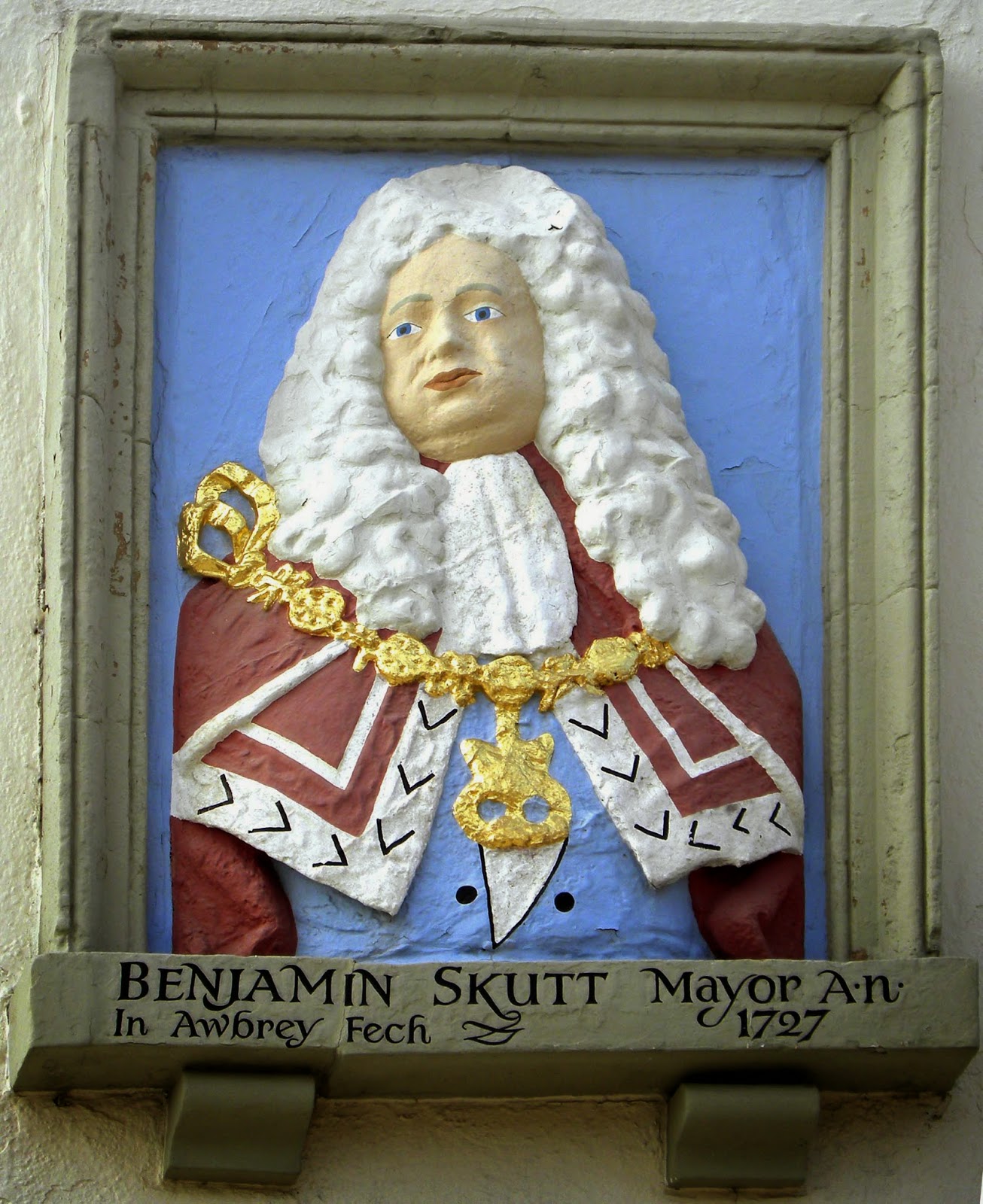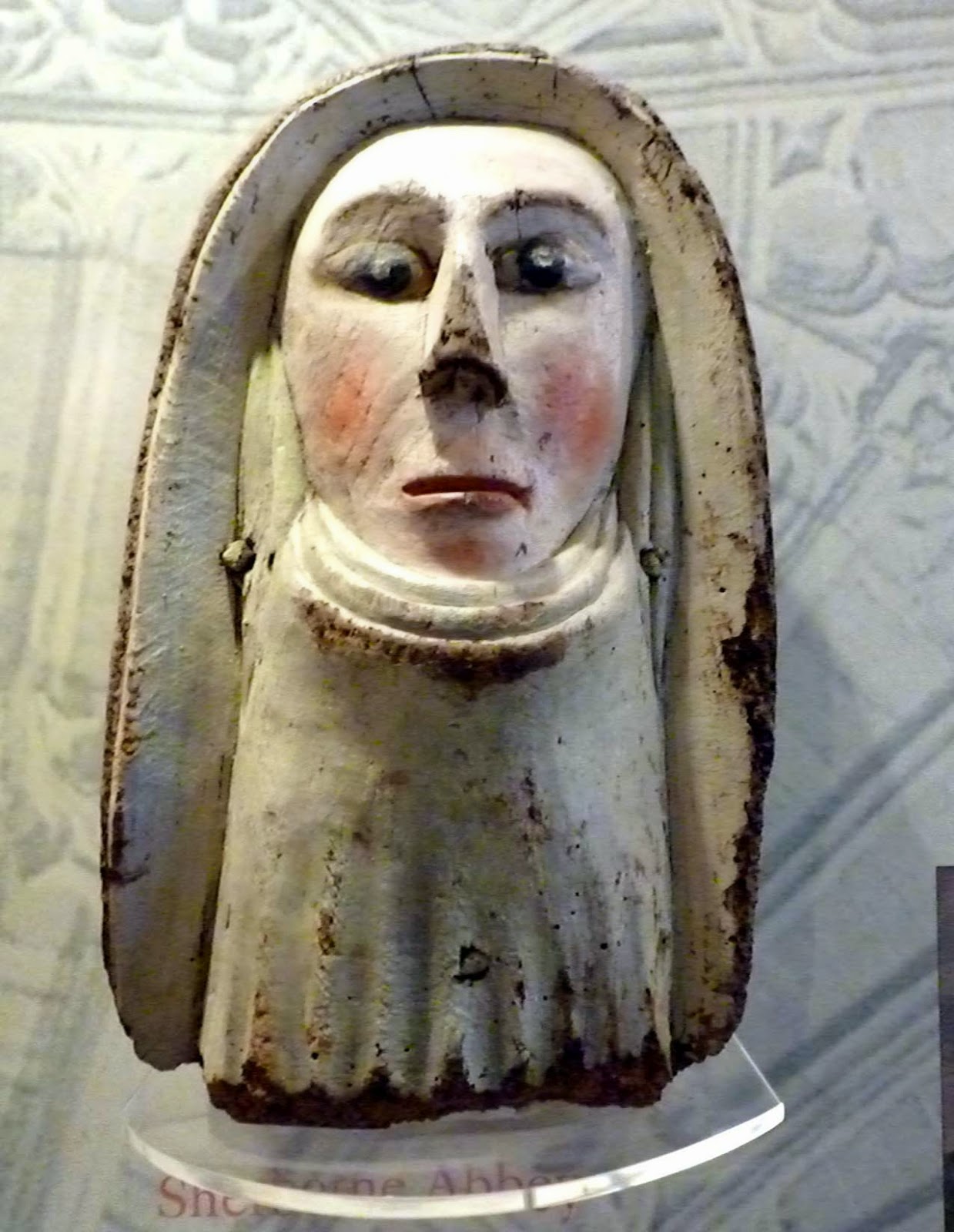Thousands of years ago hairy entrepreneurs beavered away at the Purbeck beauty spot of Kimmeridge carving and turning beautiful objects that found a market across the country.
For it is here that a dark seam of bituminous oilshale, known locally as blackstone, outcropped from the low cliffs enclosing the bay.
 |
| Iron age Kimmeridge shale bowl |
Cut and polished with beeswax it closely resembled jet, that black shiny stuff beloved by Victorian jewellers.
Evidence of these early bling manufacturers once littered the beach in the form of discarded cores from worked shale known locally as Kimmeridge coal money.
 |
| Kimmeridge coal money |
With the arrival of Rome there were two 'factories' producing objects that have cropped up as far away as Hadrian's wall...these vary from simple bracelets to gold studded mace heads while in the County Museum can be found a delicately carved shale table leg.
 |
| Roman shale table leg |
With the departure of the Romans the shale that made locals look good now made them feel warm. The oil impregnated shale was used as fuel even though it produced highly toxic fumes. This continued down to Victorian times when the potential of oil-bearing rock was recognised with the founding in 1848 of the catchily entitled Bituminous Shale Company in Weymouth which processed the shale to produce paraffin. Unfortunately, it also produced wafts of sulphurous fumes and was abandoned in the 1850s.
This wasn't the end of the story...where Texas boldly swaggered Kimmeridge modestly followed.
The early 20th century saw attempts at oil extraction leading to Dorset's first gusher in 1968. Soon a new animal stood silhouetted in the Dorset landscape, the nodding donkey. Dorset's first oil well, boringly, but descriptively called 'Well One', which was soon extracting 28 million gallons of crude a year.
Don't worry worry though, dropping output now means that Wareham is unlikely ever to become Wallas or Wessex, Wexas...





























